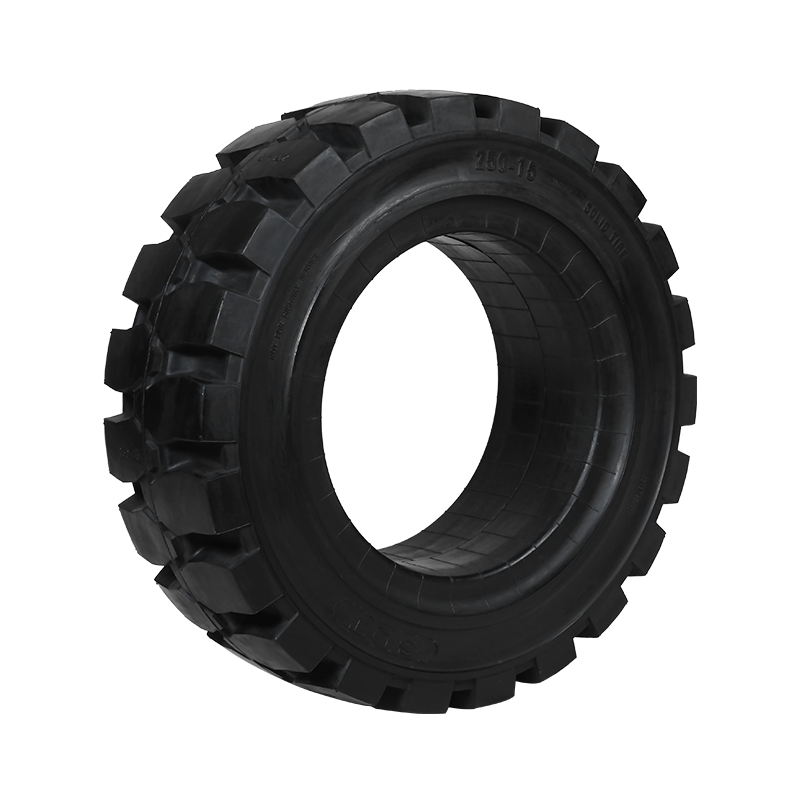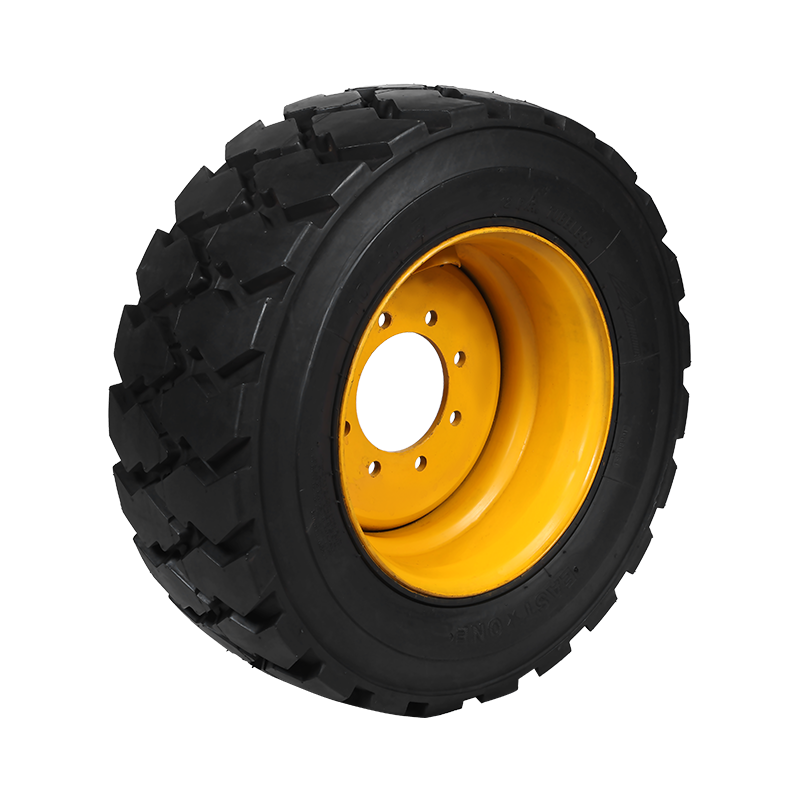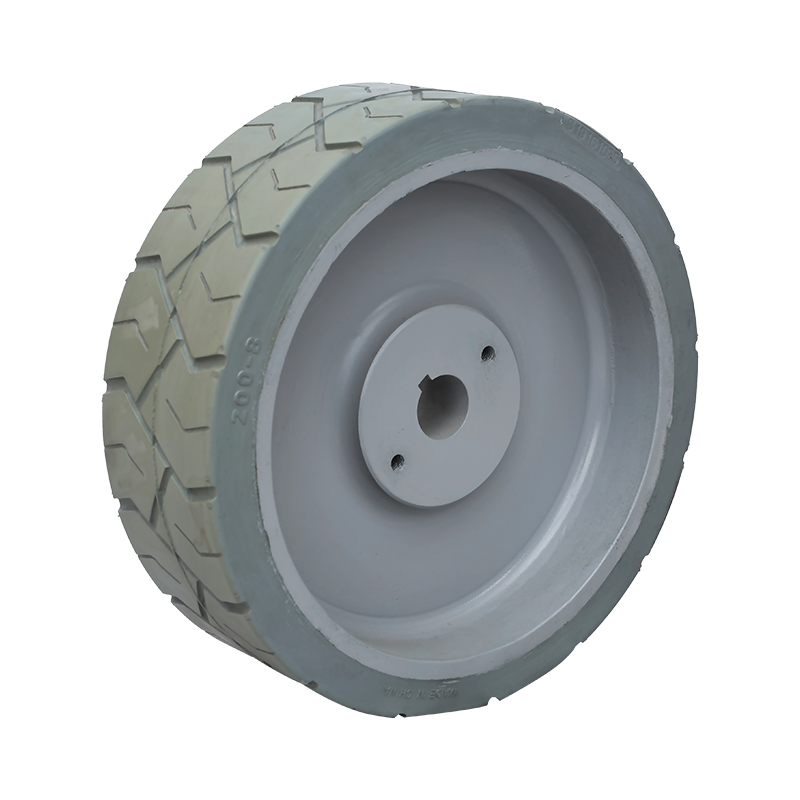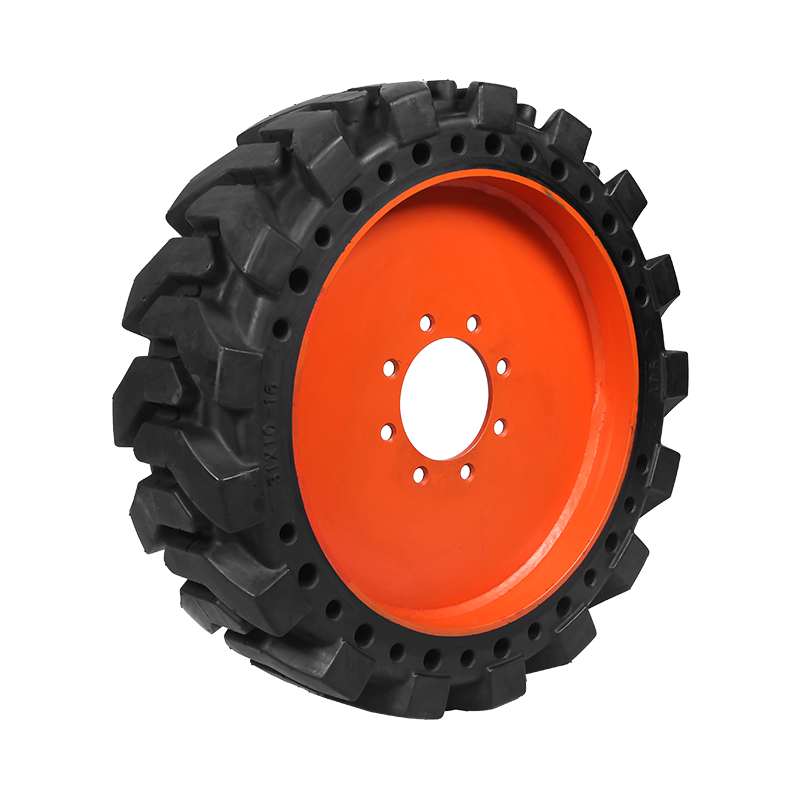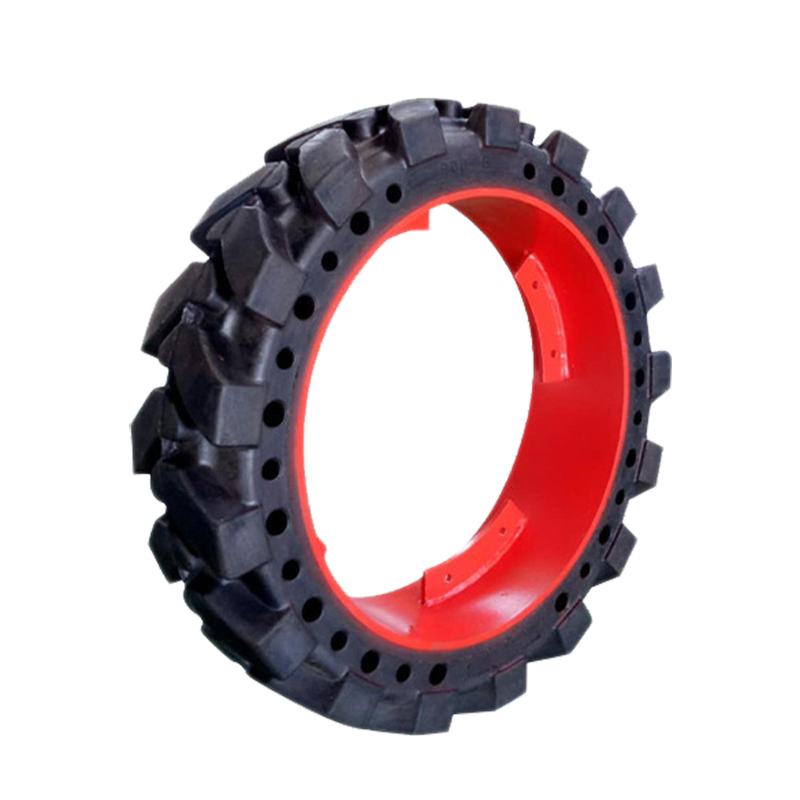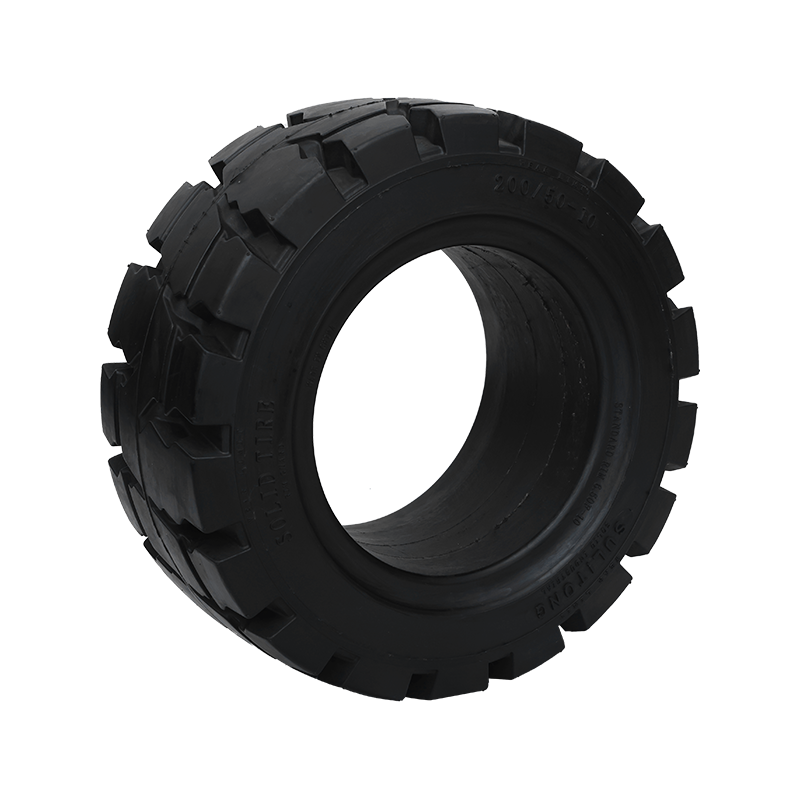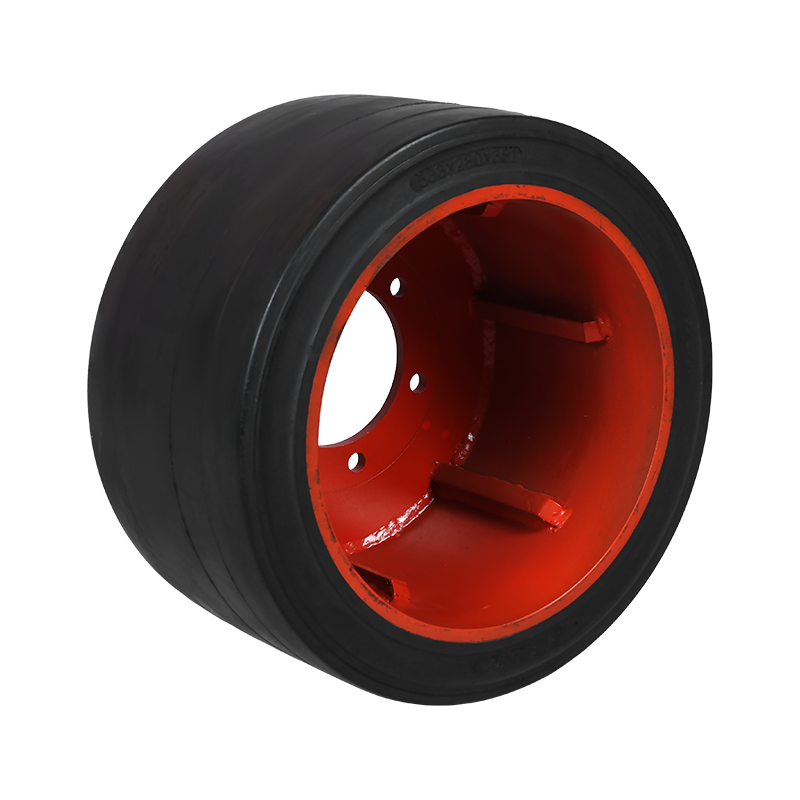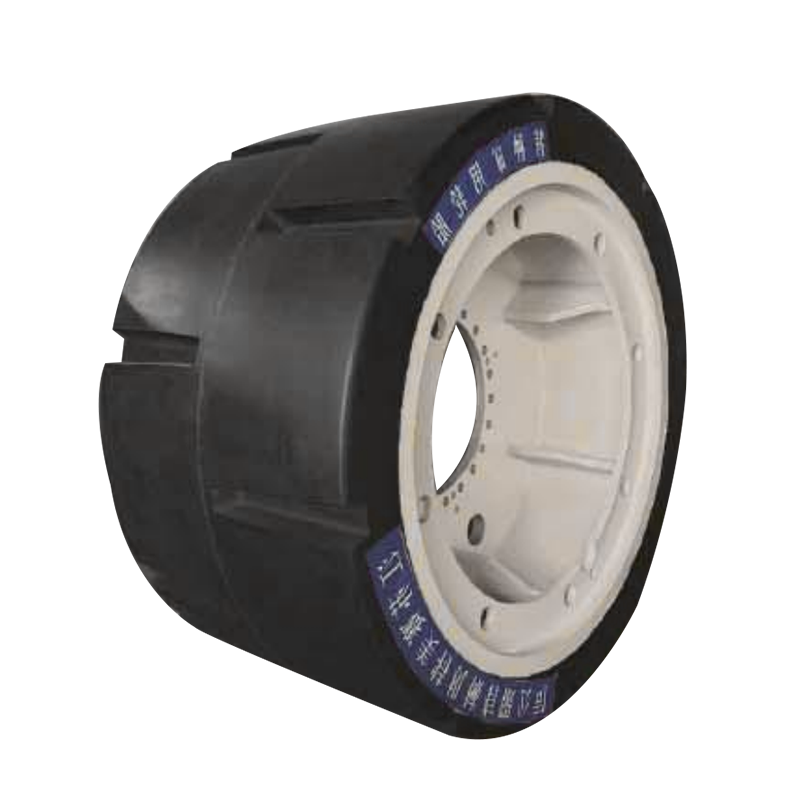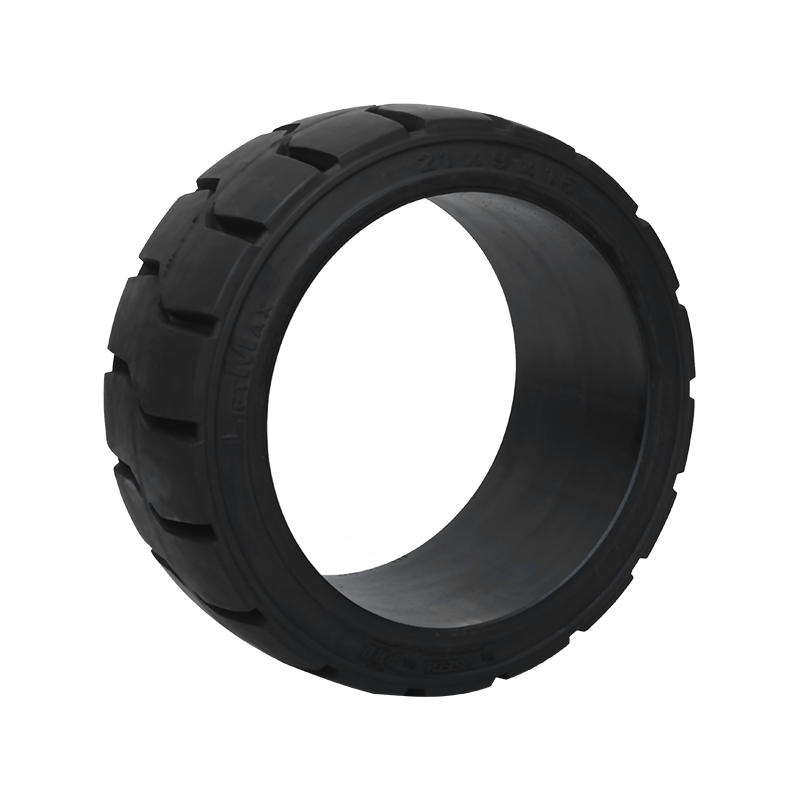What are the different types of forklift tires?
Selecting the right forklift tires is one of the most critical decisions for any material handling operation. The tires directly impact a forklift's performance, safety, and lifespan, as well as the comfort of the operator. With various types available, understanding the differences is key to optimizing your fleet.
The Main Categories: Pneumatic vs. Cushion
At the most basic level, forklift tires are divided into two primary categories based on their construction and intended use: pneumatic and cushion.
1. Pneumatic Tires
Pneumatic tires are designed for outdoor and rough-terrain applications. They are larger, have a deep tread, and are similar in appearance to standard car or truck tires. There are two main sub-types of pneumatic tires:
-
Air-Filled Pneumatic Tires: These are filled with compressed air and provide the best shock absorption and cushioning. They are ideal for uneven, rough surfaces like gravel, dirt, and asphalt. The main drawback is that they are susceptible to punctures from sharp objects, which can lead to downtime.
-
Solid Pneumatic Tires: To solve the problem of flats, solid pneumatic tires were developed. They have the same outer shape and size as air-filled ones but are made of solid rubber. This makes them virtually indestructible and puncture-proof, perfect for scrapyards, lumber yards, or construction sites where debris is common. The trade-off is a less cushioned ride compared to their air-filled counterparts.
2. Cushion Tires
Cushion tires are made of solid rubber that is pressed onto a steel band. They are smaller and have a smooth, flat surface, which makes them ideal for indoor use.
-
Standard Cushion Tires: These tires are a staple in warehouses, factories, and other indoor facilities with smooth concrete or paved floors. Their low-profile design allows for a smaller turning radius, giving the forklift superior maneuverability in tight aisles and confined spaces. Because they are solid, they are not prone to flats. However, they are not suitable for rough outdoor terrain.
-
Non-Marking Tires: A specialized version of cushion tires, non-marking tires are engineered to prevent black scuff marks on floors. They are typically white or gray because the carbon black, which is responsible for the dark color and durability of standard tires, is replaced with silica. While they are essential for clean environments like food processing plants, medical facilities, and retail spaces, they tend to wear down faster and are more expensive.
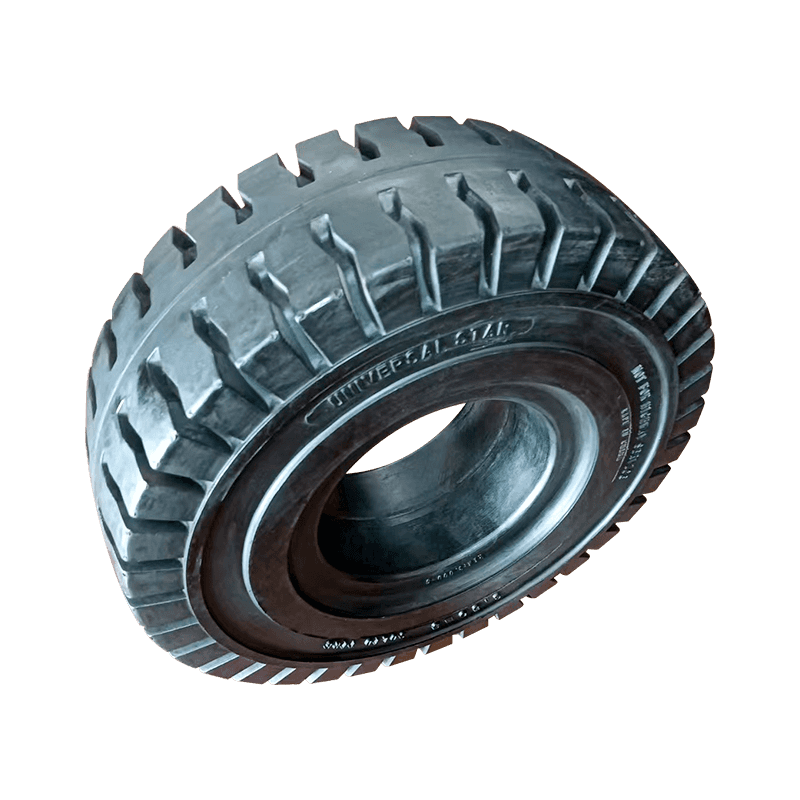
Specialized and Hybrid Forklift Tires
Beyond the two main categories, some tires combine features or are designed for specific tasks.
-
Polyurethane Tires: These lightweight, solid tires are a subtype of cushion tires. They are exceptionally durable and resistant to chunking and tearing, making them perfect for electric warehouse forklifts like reach trucks and pallet jacks. They have a high load capacity for their size and are specifically used for indoor, low-speed, and high-load applications.
-
Traction vs. Smooth Tread: Both pneumatic and cushion forklift tires come with different tread patterns.
-
Smooth Tires are used on dry, clean indoor surfaces where traction is not a major concern.
-
Traction Tires have a grooved tread pattern that provides better grip and stability, especially when operating on wet or slightly uneven surfaces.
-
Choosing the Right Tires for Your Operation
The choice of forklift tires is not one-size-fits-all. It depends on several critical factors:
-
Operating Environment: The most important consideration. Are you working indoors on a smooth floor or outdoors on rough, debris-filled ground?
-
Load and Application: How heavy are the loads you're lifting, and how often are you moving them?
-
Forklift Model: The forklift frame is designed for a specific tire type. You generally can't switch a forklift from pneumatic to cushion tires or vice versa.
-
Budget and Maintenance: While solid tires are more expensive initially, they can save money in the long run by eliminating downtime from punctures.
By carefully evaluating these factors, you can select the right forklift tires to ensure your equipment operates at peak performance, safely and efficiently.
CONTACT US
-

Email: SMT001@saimeite-tyre.com
-

Phone: +86-18451337018No. 1, Renmin South Road, Yandu District, Yancheng City, Jiangsu Province, China

 English
English 한국어
한국어 Français
Français Español
Español
